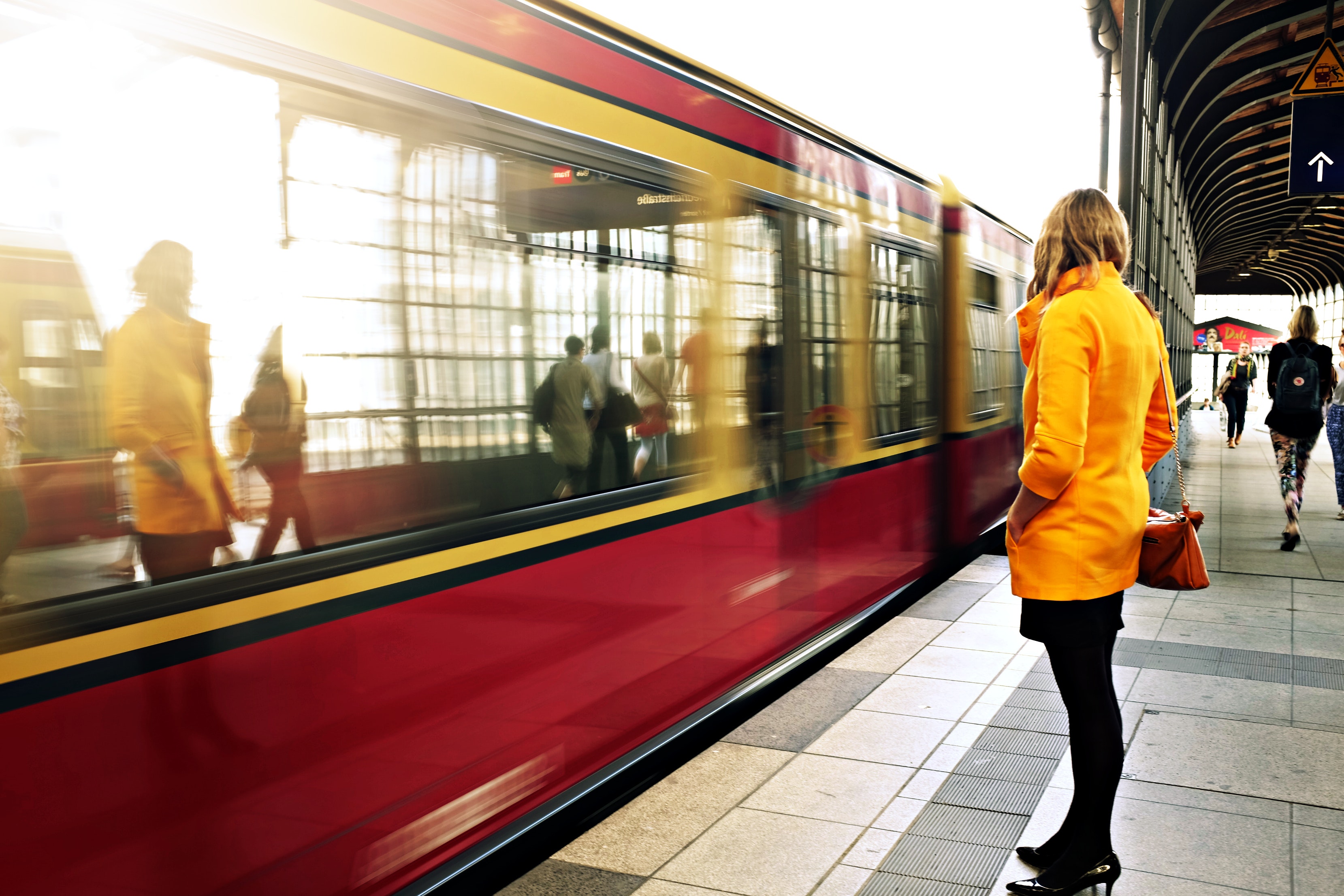Americans Are Ditching Public Transit Thanks to Capitalism
Americans don’t like public transit, and you can’t blame them. Inconvenience, ineffectiveness, and sluggishness are some of the main issues they often complain about when explaining why they aren’t taking the bus or riding the metro these days.
But while we’ve known this for quite some time, a new report from TransitCenter, a research and advocacy group, has now proven that even fewer people are relying on government-run transportation alternatives.
You can thank capitalism for that.
Thanks to the boom of the sharing economy, people never had as much access to efficient transportation options as they have now. And with entrepreneurs seeing an untapped opportunity in major urban settings, commuters are being given even more options as bike- and scooter-sharing companies are popping up everywhere.
Most importantly, Americans are getting into driving again.
With many regions benefiting from the availability of cheap gas and competitive automakers developing popular and affordable vehicles, U.S. commuters are dusting off their driving licenses and taking control of their own commuting schedules.
The report, which surveyed public transit riders from New York, Los Angeles, Chicago, Denver, New Orleans, Pittsburgh, and Seattle, found that a quarter of the 1,700 respondents had gone from using transit “all the time” to being “occasional” riders. At least 9 percent of riders abandoned the public option completely.
In addition, the survey found that riders now have more access to cars, with 54 percent of respondents saying they were driving full-time as opposed to 43 percent the previous year. The number of users who said they had no access to a car also decreased from 27 to 21 percent. And while the survey does show that services like Lyft and Uber are taking over certain densely populated urban areas, access to private cars is still beating public transit in most cities.
While to some, these numbers may seem shocking, they confirm previous research showing that America’s use of public buses had fallen by 5 percent between 2016 and 2017.
Naturally, public transit advocates such as Ben Fried, the TransitCenter communications head, are not happy.
The congestion created by the increased use of private cars will eventually take its toll, advocates argue, and public transit officials need to work on making the system more efficient so they are “fast, affordable, convenient,” he told reporters.
But what transit advocates forget to mention is that, no matter how hard officials try to modernize the system, a government-run service will always have a major disadvantage when it comes to the market. And that’s because companies and entrepreneurs respond to real needs, providing a service where there’s a demand.
Private Is Always Better
Government-backed services often act outside of reality, caving in to dreams of social order and equality without checking in with those who will actually be using the services. And that’s simply because they do not have the proper knowledge of what residents actually need.
To a bureaucrat, small groups of individuals and their needs don’t matter. What’s important is to create one massive response that will, hopefully, work for everyone.
Unfortunately, government-backed programs have one potential advantage over private ones, and that’s a bottomless pit of money. Other people’s money, that is.
Still, even this potential advantage is proven disadvantageous in the long run as companies with limited capital have all the more incentive to be truly efficient, forcing them to meet people’s demands so they can make a profit. In the end, public transit loses again, no matter how much money the government pours into it.










